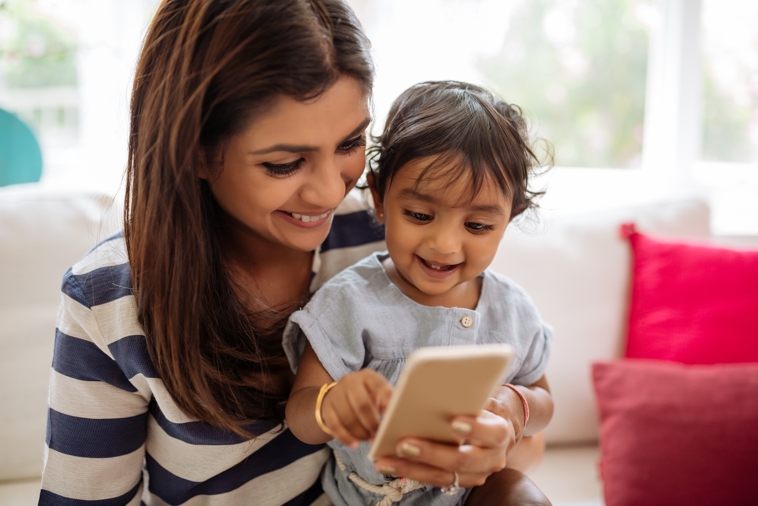Helping your teen with distance learning
Aug 17, 2020

Going back to school during the coronavirus pandemic is stressful for parents and teenagers alike. As many schools opt to start the year with distance learning in place, high schoolers may struggle with frustration, disappointment or lack of focus. As a parent, here’s how you can help your teen with distance learning during COVID-19.
Increasing our time awareness
Many of us have a tendency to inaccurately estimate how we’ll spend our time. In one study, psychologists found that, despite the best of intentions, a class of college freshmen spent more time on entertainment and social media than on their schoolwork. One student even reported spending 33 hours watching television and another 22 on YouTube in one week!
If your teenager is responsible for at-home learning, chances are that they are dealing with a lot of tempting distractions. Freed from the structure and rules surrounding their typical schedules, they may have difficulty staying on-task. It could be helpful for you and your teen to spend one week recording how much time you spend on entertainment or social media within a week—the results may be eye-opening!
Be the model
One of the best ways to help keep your teenager on track is to model the good behavior you want to see from them. Just as your child needs to complete a daily list of tasks, you need to do the same. If you’re also working from home while your teen is attending school, you have the perfect opportunity to lead by example. Stay off social media during your set work hours. Establish a workspace that’s close enough to your teen that you can periodically check in without micromanaging.
Just as much as staying on task is important, you can also model the importance of taking breaks. Eat regular meals and get outside for some exercise every day. Stepping away from the computer will help both you and your teenager re-focus and re-energize.
Establish routines
You probably know that establishing a routine is crucial. But how exactly do you keep to a schedule? Part of it comes down to creating internal cues. Experts explain these cues as “if-then” triggers, such as, “If I’m arriving home, then I’m going to lock the door behind me and set my keys on the counter.” These habits become so ingrained that, with time, we don’t even think about them.
Try to set up the same kind of structure around the school day. Maybe this means that your teenager checks in with their daily assignment list each morning at breakfast. Perhaps you set a daily 9 a.m. alarm that signals the beginning of the school day.
A few alarms spaced out throughout the day can also help signal to your teenager when it’s time to switch tasks or subjects. Whatever routines you establish, make sure you are collaborating with your teenager and not just dictating. Let them know you want to work together to set up guidelines that work for everyone.
Make space for emotions
The transition to remote schooling may be met with some resistance. A significant part of going to school is socializing and building relationships. It’s normal for your child to feel angry, anxious or sad about these changing norms. Accept that these are valid and intense feelings, and help your teen find ways to cope with these emotions, such as through talking, journaling or exercising.
Although this school year is likely to bring some added stress, try to find opportunities for fun as well. Encourage your teenagers to video chat with their friends, such as during coordinated lunch times.
And if you’re both at home, find time throughout the day to spend together. Maybe you can start a new tradition, like taking a 20-minute walk around your block when school is over for the day. As we navigate this year’s normal, remember to practice patience and compassion—toward your teenager and yourself.
Related articles

Why getting the flu shot is more important than ever this year
September 29, 2020

Is it COVID or the flu? What to do if you get sick this winter
December 10, 2021

Five electronics to disinfect regularly
January 27, 2020